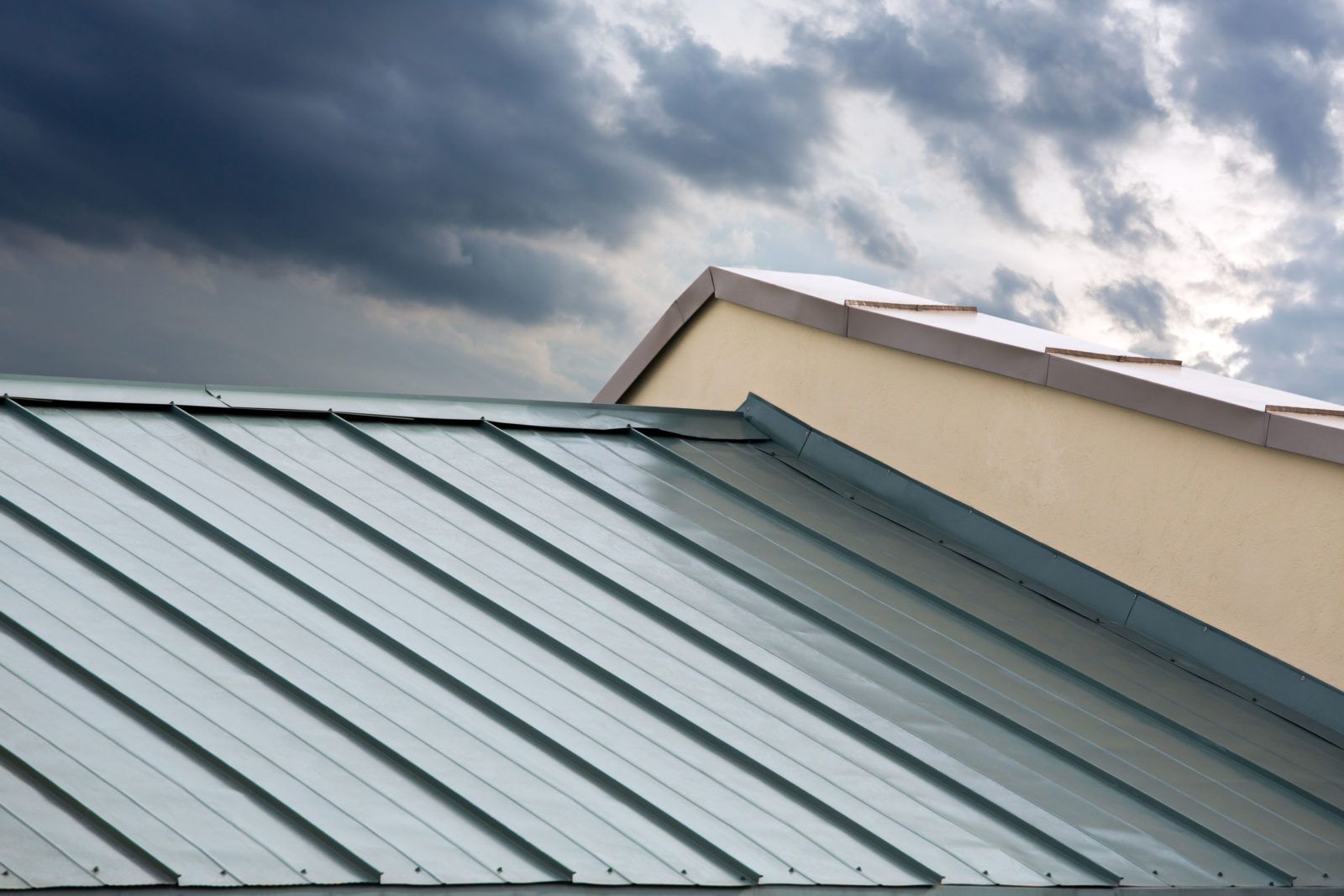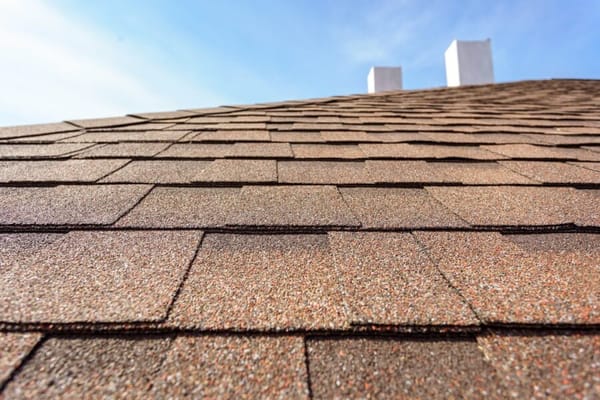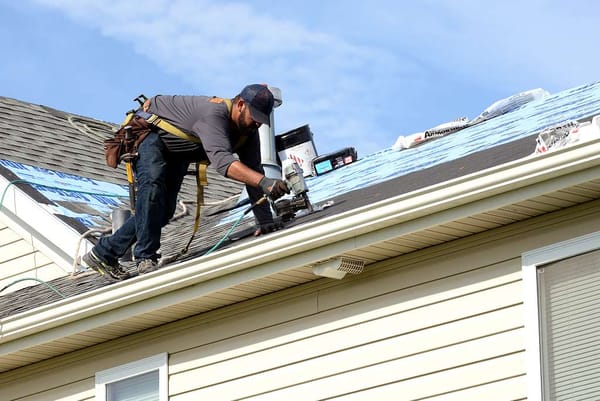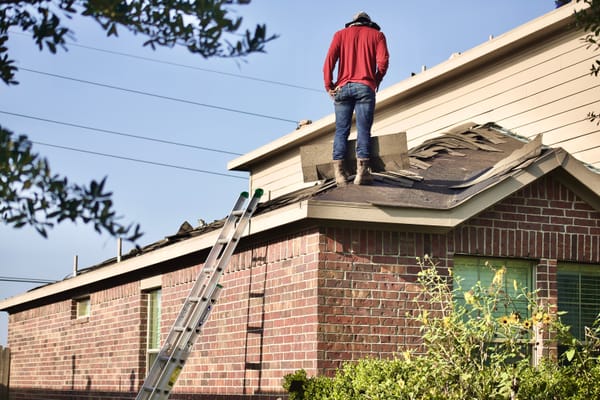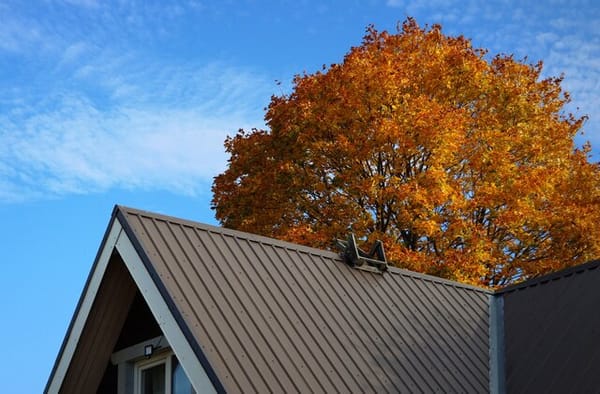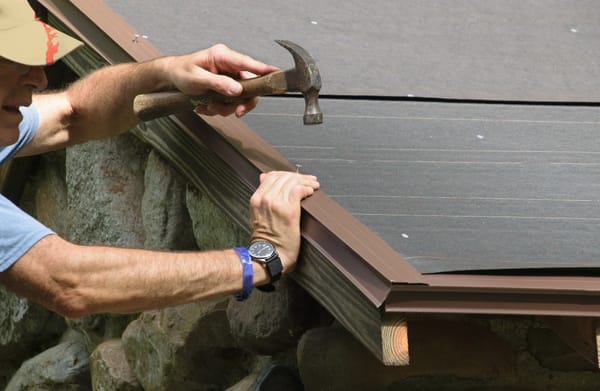Are you contemplating a home improvement project? One of the most popular trends in modern home renovation involves installing a metal roof over existing shingles. This process, while advantageous for its quick turnaround and cost-effectiveness, does come with its fair share of issues. In this article, we'll discuss the main problems associated with installing a metal roof over shingles and how to manage these challenges effectively.
Installing a metal roof over your existing shingle roof can help save costs on tear-off and disposal, but it's not without potential complications. These can range from ventilation issues to structural strain, incorrect installation, and noise-related concerns. Let's take a closer look at each of these problems:
1. Ventilation Issues
Ventilation is vital for a healthy roof. When a metal roof is installed directly over the shingles, it can potentially block roof ventilation, causing a buildup of heat and moisture in your attic. This can lead to mold growth and structural damage.
To avoid this, you must ensure that your roofing contractor correctly addresses ventilation during the installation. There are metal roofing systems designed to facilitate airflow even when installed over shingles, providing proper ventilation and reducing potential heat and moisture problems.
2. Structural Strain
Metal roofs are generally lighter than asphalt shingles. However, when you install a metal roof over shingles, the combined weight can be significant. Some structures may not be designed to bear this extra load, leading to potential structural strain.
Before installing a metal roof, have a professional evaluate your home's structure to ensure it can handle the additional weight. If not, you might need to remove the old shingles before installation to alleviate the load.
3. Incorrect Installation
A common problem with installing a metal roof over shingles is incorrect installation. This often stems from the irregular surface created by the shingles, which can lead to an uneven metal roof. This can increase the chances of leaks and reduce the overall lifespan of the roof.
It's crucial to work with an experienced contractor who understands the nuances of this installation process. They can use furring strips or install a high-temperature ice-and-water shield to create a smooth surface for the metal roof.
4. Noise Concerns
Metal roofs are sometimes perceived as noisy, particularly during heavy rain or hail. When installed over shingles, the noise can be amplified due to the void space between the metal and shingles.
To counteract this issue, consider using materials with sound-deadening properties, or incorporate an insulating layer or noise-reducing underlayment during installation.
5. Warranty and Building Code Complications
Lastly, installing a metal roof over shingles may not comply with local building codes or the metal roofing manufacturer's warranty requirements. Ensure to verify with your contractor that all installations meet local regulations and the terms of your roofing warranty.
6. Thermal Expansion and Contraction
Metal roofs have a unique characteristic that differentiates them from other roofing materials - they expand and contract significantly due to temperature changes. This constant thermal movement can lead to 'oil canning,' a term used to describe visible waviness in the flat areas of metal roofing and wall panels.
When a metal roof is installed over shingles, this effect can be exaggerated due to the uneven surface of the underlying shingles. This not only impacts the aesthetics of your roof but could also lead to potential structural damage over time. To mitigate this problem, choose metal roofing materials specifically designed to handle thermal expansion and contraction, and hire experienced professionals for installation.
7. Potential Leakages
While metal roofs are generally more durable and weather-resistant than traditional shingles, installing metal over shingles can increase the chances of water seepage. The old shingles can create an uneven base, leading to improper sealing of the metal roof. If not installed correctly, this could potentially result in leakages.
To avoid this, ensure the use of high-quality, water-resistant underlayment, and that the roof is installed by a skilled contractor who will ensure proper sealing around penetrations, seams, and edges.
8. Difficulty in Inspecting and Repairing the Underlying Shingles
Once a metal roof is installed over shingles, it becomes challenging to inspect and repair the original shingles underneath if a problem arises. Even with metal roofs' long lifespan, the shingles underneath may deteriorate over time and may need repairs. In such cases, you might have to remove the metal roof, fix the issue, and then reinstall the roof, which could be time-consuming and costly.
Thus, before choosing to install a metal roof over shingles, have a thorough inspection of the existing roof and fix any underlying issues. This can help you avoid potential complications down the line.
Conclusion
Opting to install a new metal roof over an asphalt shingle roof brings along a unique set of challenges. However, each obstacle, whether related to ventilation, structural strain, noise levels, or the impact on your roof decking, can be tackled with the right approach. While shingle roofs have served homeowners well for years, the durability, longevity, and modern appeal of metal panels can offer a worthy upgrade.
It's important to remember that the decision to leave an old asphalt roof in place under a new metal roof shouldn't be taken lightly. Comprehensive consideration should be given to factors like local building codes, warranty stipulations, potential for thermal expansion, and the condition of the underlying shingles.
When it comes to roof replacement, the goal is not just to update the aesthetic appeal of your home, but also to enhance its structural integrity and longevity. While metal roof installation over existing shingles presents challenges, these are far from insurmountable. With careful planning, high-quality metal flooring panels, and a professional installation team, you can make the most out of your home improvement project, ensuring your roof is built to last.

